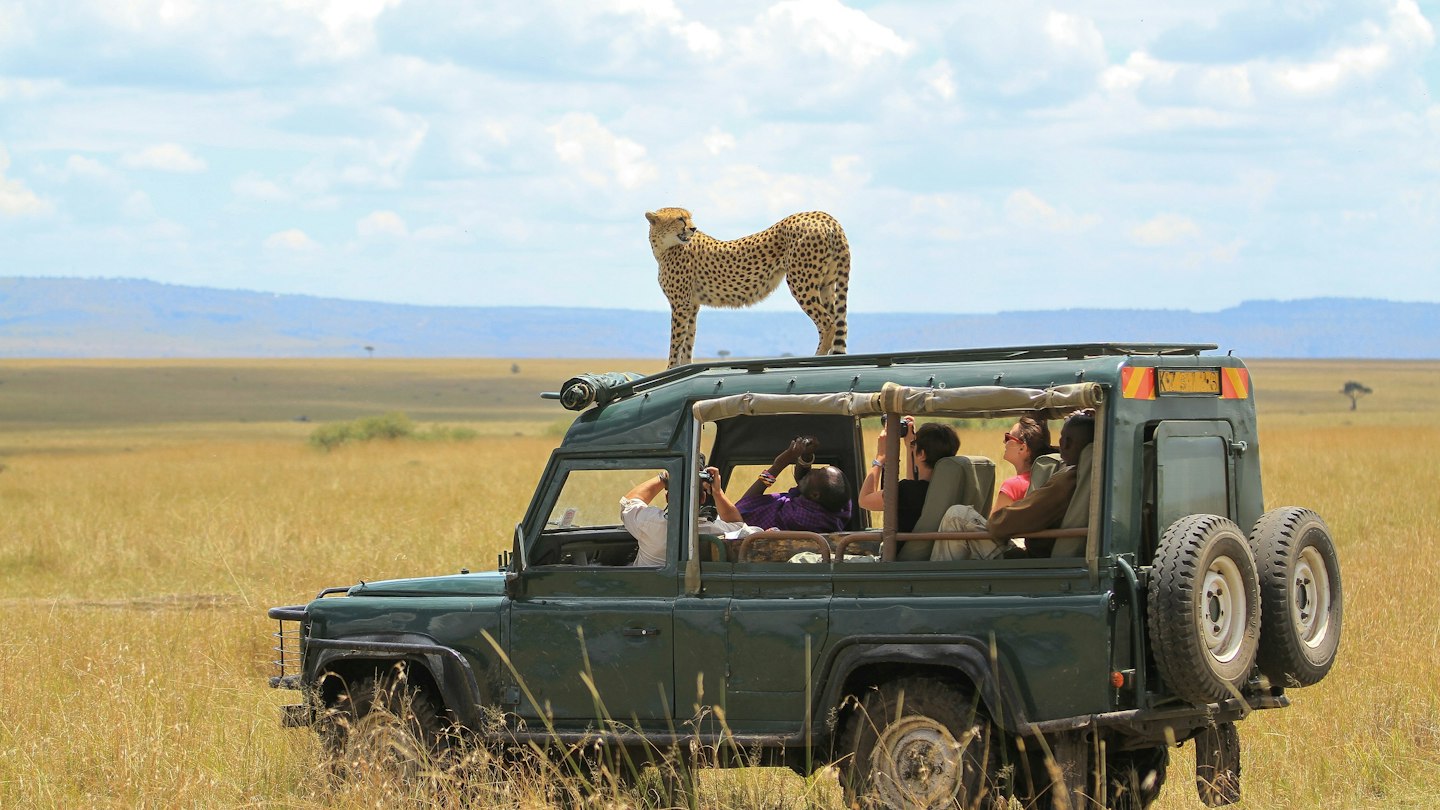Burigi-Chato National Park, Tanzania’s fourth-largest national park, recently combined three game reserves into a vast 4,707 square-kilometer sanctuary. Stretching from Lake Victoria to the Rwandan boundary, this park boasts diverse landscapes, including freshwater lakes, hills, crags, valleys, plains, swamps, and rivers, creating a haven for wildlife.
Situated near Lake Victoria and bordered by Rwanda, Burigi-Chato is surrounded by the Kagera River and Lake Burigi. Home to the majestic Cape eland, one of the world’s largest antelopes, the park showcases the typical grasslands of the African Savannah.
Notably, the park connects with Rwanda’s Akagera National Park and Uganda’s Kikati Game Reserve, extending its reach to Lake Mburo National Park. The picturesque lakes and riverside add to the park’s allure, providing a visual delight for tourists.
Wildlife and Birdwatching
Burigi-Chato National Park is home to a diverse array of wildlife, including elephants, buffaloes, antelopes, lions, leopards, zebras, and giraffes. Rare bird species such as fish eagles, papyrus ganolek, and the elusive shoebill stork can be spotted in the park.
The park’s unique feature lies in its collection of ecosystems, incorporating elements from Rwanda and Uganda. Travelers can witness the beauty of Kimisi, Ibanda-Kyerwa, and Rumanyika-Karagwe National Parks in Tanzania.
Climate and Seasons
With two rainfall peaks in November-December and March-April, the park experiences dry weather from June to September. The pleasant temperatures, cool nights, and warm days make it an inviting destination year-round.
Getting There and Best Time to Visit
Chato, the nearest town with an international airport, facilitates easy access to the park. Road connectivity to towns like Chato and Karagwe is also available. The best time to visit is from June to September when conditions are dry, and wildlife concentrates around the lakes.
Park Attractions and Tourism Activities
Lake Burigi, the third-largest lake in the country, stands out as a key attraction. Its islands, inlets, and bays are home to the rare Sitatunga antelope and possibly the even rarer shoebill stork.
Tourism activities in the park range from game viewing and boat excursions to sport fishing, camping, bird watching, and nature walking safaris. The tranquil lakes offer opportunities for waterborne game viewing and picturesque settings for camps and lodges.
In conclusion, Burigi-Chato National Park beckons adventurers with its untouched wilderness, promising a lifetime of discovery amidst its diverse landscapes and rich biodiversity. Whether exploring the lakes, observing wildlife, or engaging in various activities, this national park invites travelers to experience the untamed beauty of Tanzania.

